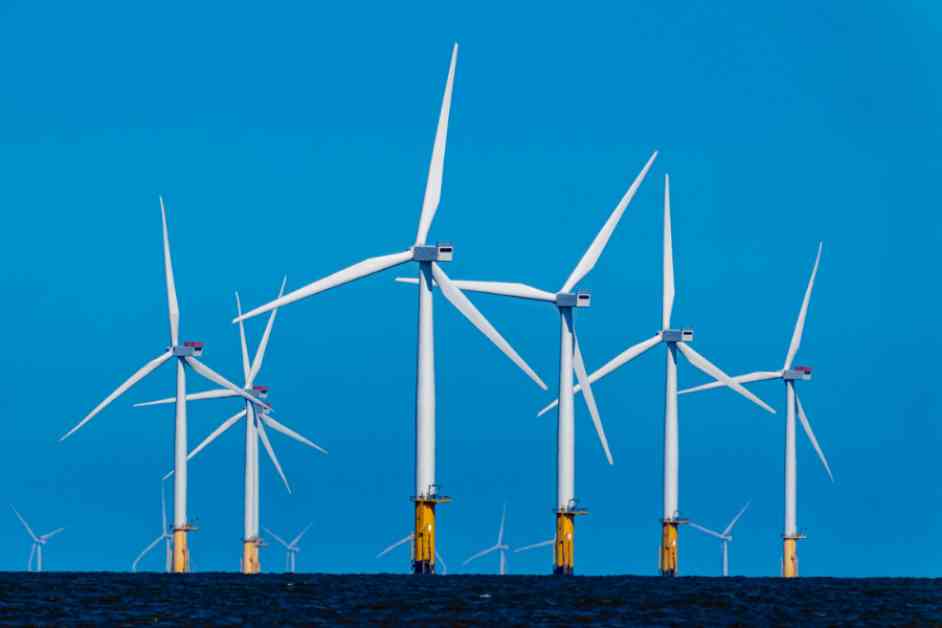Scotland’s Push for Large-Scale Floating Wind Farms in North Sea
In a groundbreaking move towards renewable energy, Scotland is spearheading efforts to establish large-scale floating wind farms in the North Sea. The initiative, led by Sarens PSG’s Offshore Wind Centre of Excellence, aims to revolutionize the deployment of floating wind turbines on an industrial scale.
Revolutionizing Offshore Wind Deployment
Sarens PSG, based in Aberdeen’s Energy Transition Zone, has been selected to conduct a major study in collaboration with renewable energy partners, BlueFloat Energy and Nadara Partnership. The study focuses on pioneering innovative solutions for transporting floating foundations from land to sea.
The goal is to develop methods that allow completed floating wind structures to be deployed directly from production facilities to operational sites, achieving production line scale volumes over multiple years. By examining deployment operations, the study will assess key cost, risk, and scheduling implications, as well as the impact on port infrastructure for ambitious projects.
Expert Insights and Industry Impact
Steve Clark, managing director of Sarens PSG, emphasized the transformative potential of scaling deployment processes for major projects. He highlighted the significance of investing in innovative research to drive successful floating offshore wind initiatives crucial for global energy transition and achieving net zero targets.
David Robertson, UK portfolio director at BlueFloat Energy and Nadara Partnership, lauded the studies as a significant advancement in the development of Scotland’s floating offshore wind projects. He stressed the importance of leveraging local expertise to address technical challenges and deepen industry understanding.
As Scotland leads the way in renewable energy innovation, stakeholders, industry leaders, and government officials are gearing up for the Scottish Renewables Offshore Wind Conference in Glasgow. The event will provide a platform to address key challenges, including safe, fast, and cost-effective processes for industrial-scale deployment of floating offshore wind technology.
Sustainable Solutions for Hydropower Facilities
Meanwhile, Scotland faces the pressing need to enhance the output of “run-of-river” hydropower facilities while mitigating negative impacts on wildlife in response to climate change challenges. A new report commissioned by Scotland’s Centre of Expertise for Waters (CREW) highlights recommendations to address sediment build-up at dams and weirs across the country.
Collaborative efforts with hydropower companies, Scottish Canals, SEPA, and NatureScot underscore the importance of planting trees along rivers, restoring peatland, and implementing broad tree planting initiatives in river catchments. These measures aim to reduce sediment entering waterways and promote sustainable environmental practices in the hydropower sector.
































